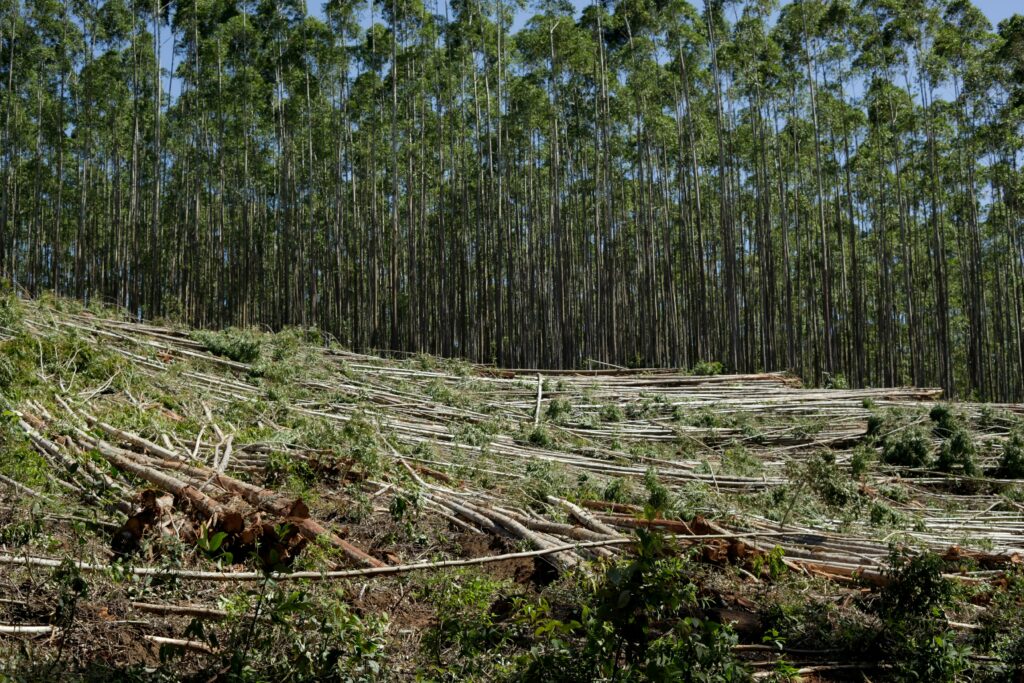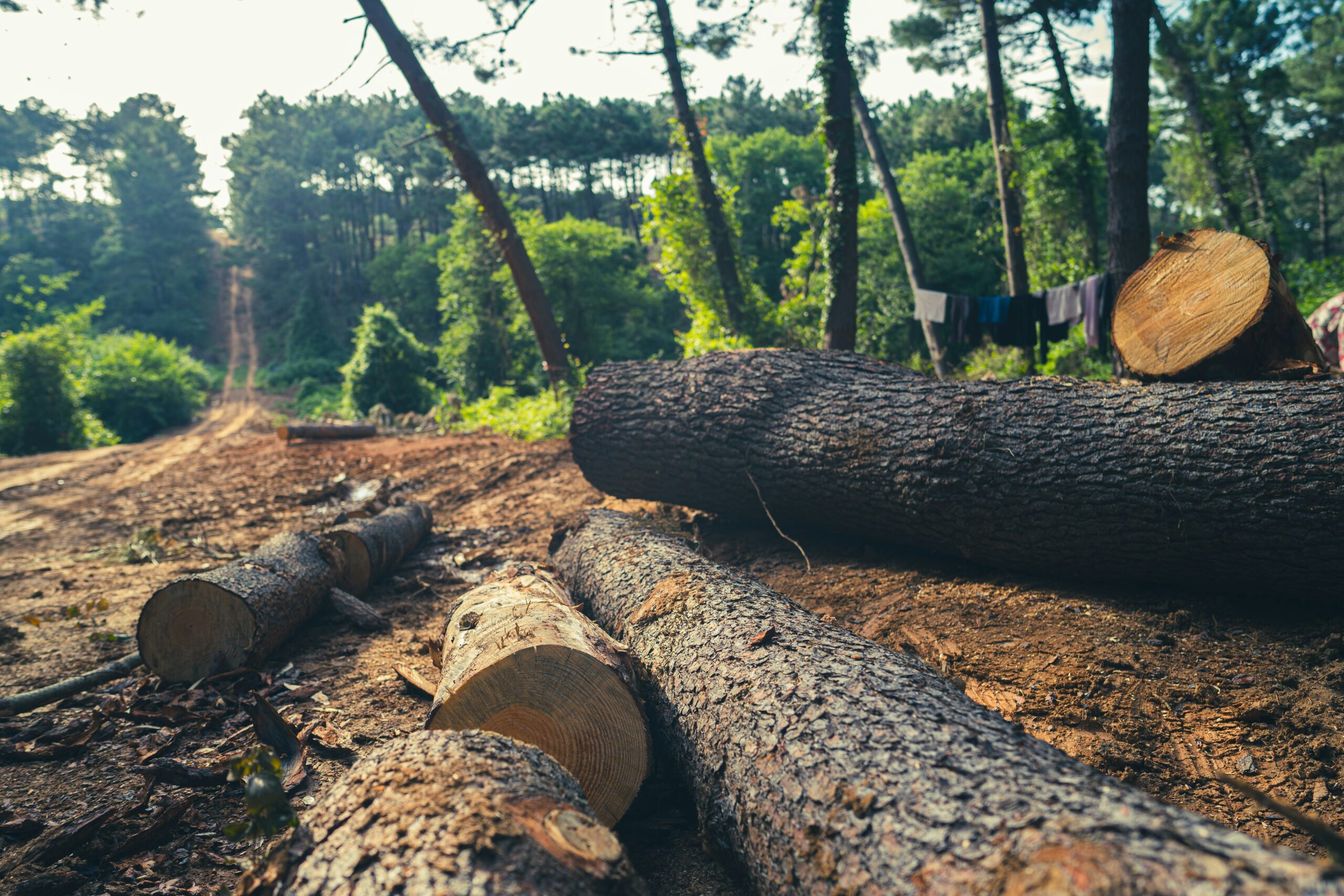The clock is ticking. Starting December 30, 2025, palm oil products entering the European Union must meet strict new rules under the EU Deforestation Regulation (EUDR). These rules aren’t just technical changes. They’re a fundamental shift in how palm oil is sourced, documented, and reported.
Whether you’re a plantation owner, processor, trader, or retailer, the message is clear: you need to know exactly where your palm oil comes from, prove it’s not linked to deforestation, and be ready to back it up with solid data.
But what does that really look like in practice?
Let’s unpack what EUDR compliance means for palm oil and how companies can prepare without losing market access or leaving smallholders behind.
What Is the EUDR and Why Palm Oil Is in the Spotlight
The EU Deforestation Regulation aims to keep products linked to deforestation out of the EU market. Palm oil is one of the key commodities covered, along with soy, cattle, wood, cocoa, and coffee. The regulation applies to both raw and processed goods and covers every company in the supply chain that places these items on the EU market.
Palm oil is under extra scrutiny because of its well-documented connection to tropical deforestation. Clearing forests for plantations has led to biodiversity loss, carbon emissions, and land rights conflicts, particularly in Southeast Asia. The EUDR is meant to address that by demanding supply chain transparency, traceability, and legality.
Key points about the regulation:
- Cut-off date for deforestation: 31 December 2020
- Applies to both large companies and small operators
- Requires full traceability down to the plot of land
- Due diligence statements must be submitted for every shipment
This isn’t optional. Companies that fail to comply face fines of up to 4% of their total EU turnover, not to mention losing access to one of the world’s largest markets.
Who Needs to Comply and What’s Expected
The EUDR introduces two main roles:
- Provozovatelé: Those placing products on the EU market for the first time. This includes importers and EU-based producers.
- Obchodníci: Businesses that buy and sell products already in the EU market.
Both groups are required to follow a due diligence process and submit documentation to a centralized EU system before any products move forward in the supply chain.
That process includes:
- Collecting geo-coordinates of each plot where the palm oil originated
- Verifying no deforestation occurred after the cut-off date
- Ensuring compliance with local environmental, labor, and land use laws
- Submitting a due diligence statement before each shipment
This is not a one-time effort. EUDR compliance involves ongoing monitoring, updates to documentation, and periodic reassessments.
Palm Oil Products Covered by the EUDR
The regulation doesn’t just apply to crude palm oil. It covers a wide range of products and derivatives that include palm ingredients, whether in food, fuel, cosmetics, or industrial uses.
Key HS Codes Affected:
- 1207 10: Palm nuts and kernels
- 1511: Palm oil and its fractions
- 1513 21 and 1513 29: Palm kernel and babassu oils
- 2306 60: Oilcakes and solid residues from palm kernels
- 3823 series: Stearic acid, oleic acid, fatty acids, and alcohols
If you’re dealing with palm-based derivatives, even in low concentrations, you’re still responsible for traceability and compliance.

The Real-World Challenges of Getting It Right
While the regulation sounds clear on paper, compliance in practice is anything but simple. Palm oil supply chains are notoriously fragmented and complex, with many actors between farm and end product.
Here’s where it gets tricky:
1. Fragmented Supply Chains
- Palm oil often passes through multiple intermediaries before reaching processors or exporters
- Traceability breaks down when information isn’t passed along at each step
- Commercial data privacy can prevent sharing of exact sourcing details
2. Smallholder Mapping Gaps
- Smallholders account for 35-40% of global palm oil output
- Many don’t have GPS data, mapped boundaries, or formal land titles
- They’re often left out of traceability systems, risking exclusion from EU supply chains
3. Certifications Are Not Enough
- Schemes like RSPO or ISPO help, but they do not guarantee EUDR compliance
- The regulation requires direct evidence, not just third-party certifications
4. Cost of Segregated Material
- RSPO-segregated palm oil is expensive and not always available
- Companies face trade-offs between cost, availability, and compliance
What a Compliant Supply Chain Looks Like
EUDR compliance doesn’t just mean ticking boxes. It requires active management of your supply chain and data systems. The most effective companies will follow a step-by-step process that connects field data with digital documentation.
Essential Steps to Build a Compliant System:
- Map every supply point: Use polygon GPS data, not just mill locations
- Verify legality: Land rights, labor standards, and environmental laws must all be followed
- Check for deforestation: Use satellite data and historical imagery to confirm land use
- Assess risks: Look at farm location, nearby forest frontiers, protected areas, and land conflicts
- Resolve flagged issues: This might mean remapping, collecting additional documents, or working directly with farmers
- Submit a due diligence statement: Every shipment needs a declaration uploaded to the EU portal with full sourcing data

How EUDR Compliance Can Help You
Na adrese Soulad s EUDR, we know that spreadsheets and back-and-forth emails aren’t built for compliance. That’s why we created a platform that simplifies the entire EUDR process – from traceability to reporting – using smart automation and satellite-based monitoring.
Our goal is simple: make compliance fast, accurate, and scalable, no matter how complex your supply chain is.
Here’s what our platform brings to the table:
- Precise boundary mapping to support traceability down to the plot level, even for smallholder farms
- Satellite-based deforestation alerts to flag recent land changes and overlaps with protected areas
- Automated risk scoring that evaluates suppliers based on geography, sourcing history, and compliance risks
- One-click due diligence reports formatted to meet EU standards, ready to submit
- Smooth integration with the EU Due Diligence System (EU DDS) and your internal ERP tools
We at EUDR Compliance solve real-world supply chain challenges. Instead of relying on mill-level data and fragmented sources, our system helps you track your palm oil back to where it was actually grown – with full documentation and reliable monitoring baked in.
If you’re looking to move from fragmented workflows to a fully traceable, regulation-ready setup, we’re here to make that transition as easy as possible.
Keeping Smallholders in the Picture
One of the biggest concerns with EUDR is that small farmers will be cut out. These producers often lack access to mapping tools, documentation, or the internet. But they’re responsible for a large chunk of global palm oil.
If smallholders are pushed out of EU supply chains, it could have long-term effects on rural economies and increase inequality in the sector.
What can companies do to support smallholders?
- Invest in farmer training and digital literacy
- Help build local registries with mapped plot boundaries
- Share traceability tools through mobile-friendly apps
- Offer incentives for data sharing and compliance support
This isn’t charity. Including smallholders strengthens the supply chain, spreads out risk, and shows real commitment to responsible sourcing.
Indigenous Land and Legal Rights: Don’t Overlook It
Another area that can’t be ignored is land rights. The EUDR requires compliance with local legislation, which includes laws related to land use, Indigenous communities, and human rights.
But let’s be real. In some areas, land tenure is messy. Documentation is lacking, or customary land rights aren’t officially recognized. Violations can happen quietly and are often hard to detect.
Best practice means:
- Mapping territories where Indigenous Peoples and Local Communities (IPLCs) live
- Recognizing different types of tenure, even if not formally titled
- Not relying solely on FPIC (Free, Prior and Informed Consent) forms, which can be flawed or misused
Getting this right means working with NGOs, using public land data, and including social indicators in your risk assessments.

Derivatives: The Hidden Risk You Might Be Missing
Even if you’ve nailed traceability for raw palm oil, derivatives can undo your efforts. These include industrial chemicals, additives, or ingredients in processed goods that started with palm oil.
The problem? Derivatives often come with less sourcing info and are sold through mass-balance systems.
How to handle it:
- Use probabilistic sourcing models to estimate origin when exact data is missing
- Flag high-risk ingredients based on location or supplier history
- Ask upstream suppliers for farm-level data wherever possible
- Push for transparency in derivative sourcing just like raw palm oil
If you skip this step, you risk accidentally importing deforestation-linked material and failing your due diligence.
Final Thoughts
Palm oil operators, traders, and brands selling into the EU don’t have time to sit back. The EUDR isn’t a future regulation. It’s here. And it comes with real consequences.
That said, it’s also a chance to clean up supply chains, support small producers, and build systems that actually work. With the right tools, partnerships, and focus, compliance doesn’t have to mean cutting corners or breaking the bank.
It’s not going to be easy. But it’s doable.
Často kladené otázky
What exactly counts as deforestation under the EUDR?
Under the EUDR, any land that was cleared of natural forest after 31 December 2020 is considered deforested, even if the clearing was legally permitted in the country of origin. So if a palm oil plot was developed after that date, it’s not eligible for EU market access, regardless of permits or local approval.
Do smallholder farmers have to follow the same rules as big producers?
Yes, the regulation doesn’t make exceptions based on size. Smallholders have to meet the same requirements, including geo-boundary mapping and proof of legality. The real issue is that most smallholders don’t have the tools or resources to comply on their own, which is why support from buyers and tech partners is so critical.
Can certification programs like RSPO replace the EUDR’s due diligence process?
No, they can’t. Certifications like RSPO or MSPO might help demonstrate good practices, but they’re not a substitute for actual due diligence under the EUDR. Operators still have to gather their own evidence, verify deforestation risk, and submit formal documentation for each shipment.
What’s the hardest part of staying compliant with the EUDR?
Honestly, it’s the traceability. Mapping every supply source down to the farm plot and keeping that data updated takes time, coordination, and the right tools. Especially in fragmented supply chains, where product origins get lost between mills and traders, maintaining end-to-end visibility is no small task.
How often do I need to submit a due diligence statement?
You’ll need to submit one for every shipment that enters the EU. It’s not a once-a-year thing. Each declaration must include detailed sourcing data, compliance confirmation, and a traceable supply chain trail that holds up to scrutiny.


